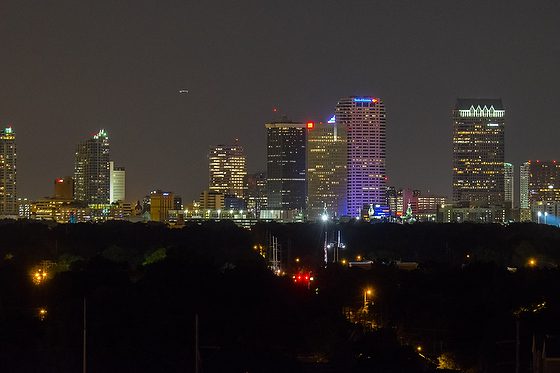| Fuji X-E2, FUJINON XF 55-200mm, ISO 6400, ƒ/11, 1.1 sec |
I took a Maine Photography Workshop class with Steve McCurry early in my career. I learned a few things during my week.
One thing that was quite frustrating was that no one was helping me get over the hump with my work. I felt like I was floundering. I would show my work and ask what I could do that would have improved the images.
Over and over, I would hear you need to shoot these places at a different time of day. I can imagine I probably was rolling my eyes at these comments.
For a chunk of the work, I showed projects shot for clients. Unfortunately, I will not be back; this is the best I could pull off.
 |
| Fuji X-E2, FUJINON XF 55-200mm, ISO 200, ƒ/6.4, 1/500 |
Therefore my work continued for a while, looking at the difference between these two images.
Now, look at what makes all these photos pop.
 |
| Fuji X-E2, FUJINON XF 18-55mm, ISO 200, ƒ/9, 20 sec |
 |
| Nikon D4, AF-S NIKKOR 14-24mm f/2.8G ED, ISO 200, ƒ/14, 1/320–off camera flash |
 |
| Nikon D4, AF-S NIKKOR 14-24mm f/2.8G ED, ISO 12800, ƒ/2.8, 1/60 |
 |
| Fuji X-E2, FUJINON XF 18-55mm, ISO 6400, ƒ/2.8, 1/90 |
 |
| Nikon D4, Sigma 120-300mm ƒ/2.8 DG OS, ISO 100, ƒ/5, 1/250–Off camera flashes |
 |
| Nikon D4, AF-S NIKKOR 14-24mm f/2.8G ED, ISO 125, ƒ/14, 1/250–off camera flash |
You have to be willing to get up early or stay up late and look for the best light, or you have to create your lighting as I often do today. You see, photography is writing with light. So you need to learn all you can about light and when it occurs naturally to take advantage of those moments or when the light isn’t all that good, bring your light to help improve the existing light.
There are two things you need to remember; it is often easier to plan your photos to coincide with the time of day that the light will look the best and, when necessary, know how to add light to improve an existing condition.

